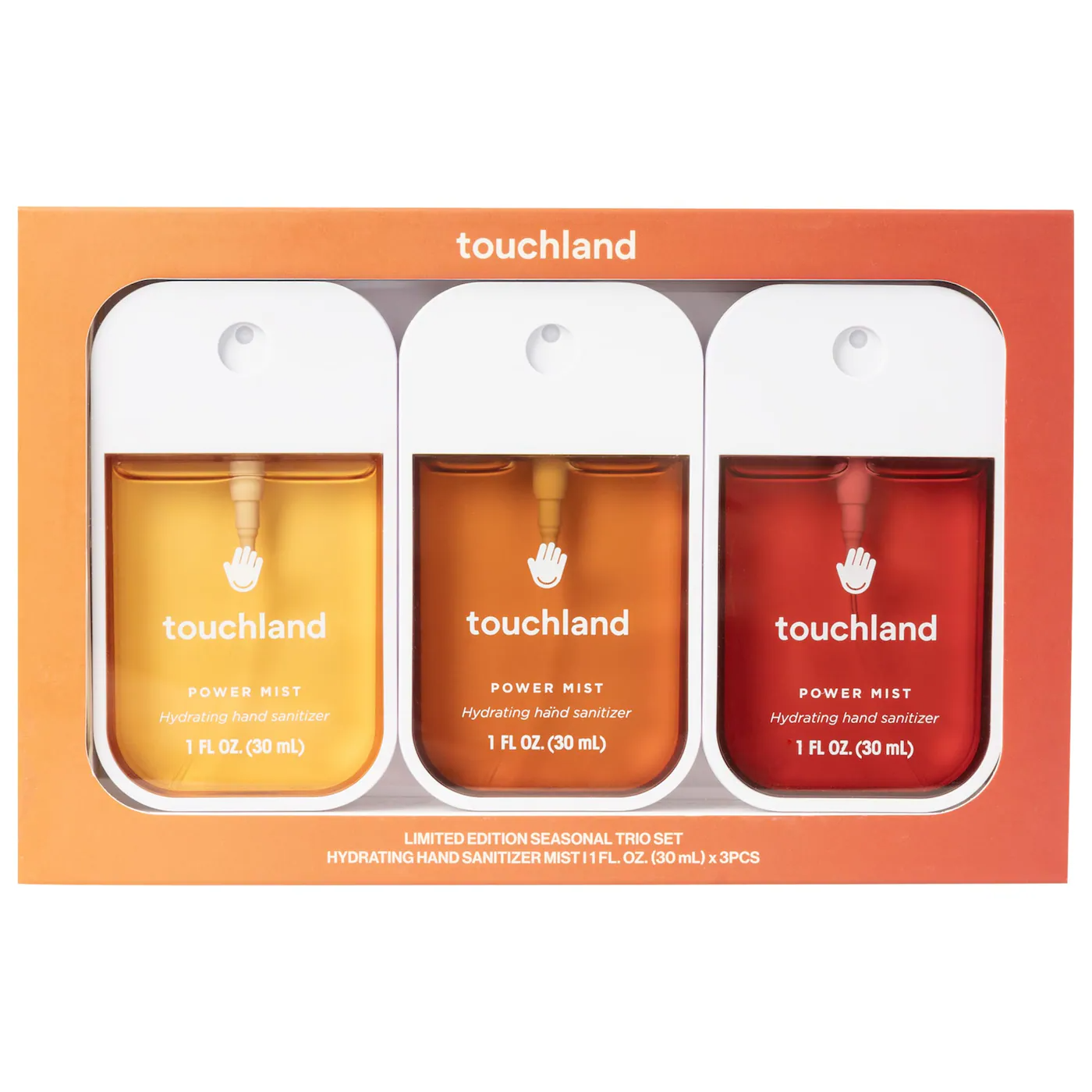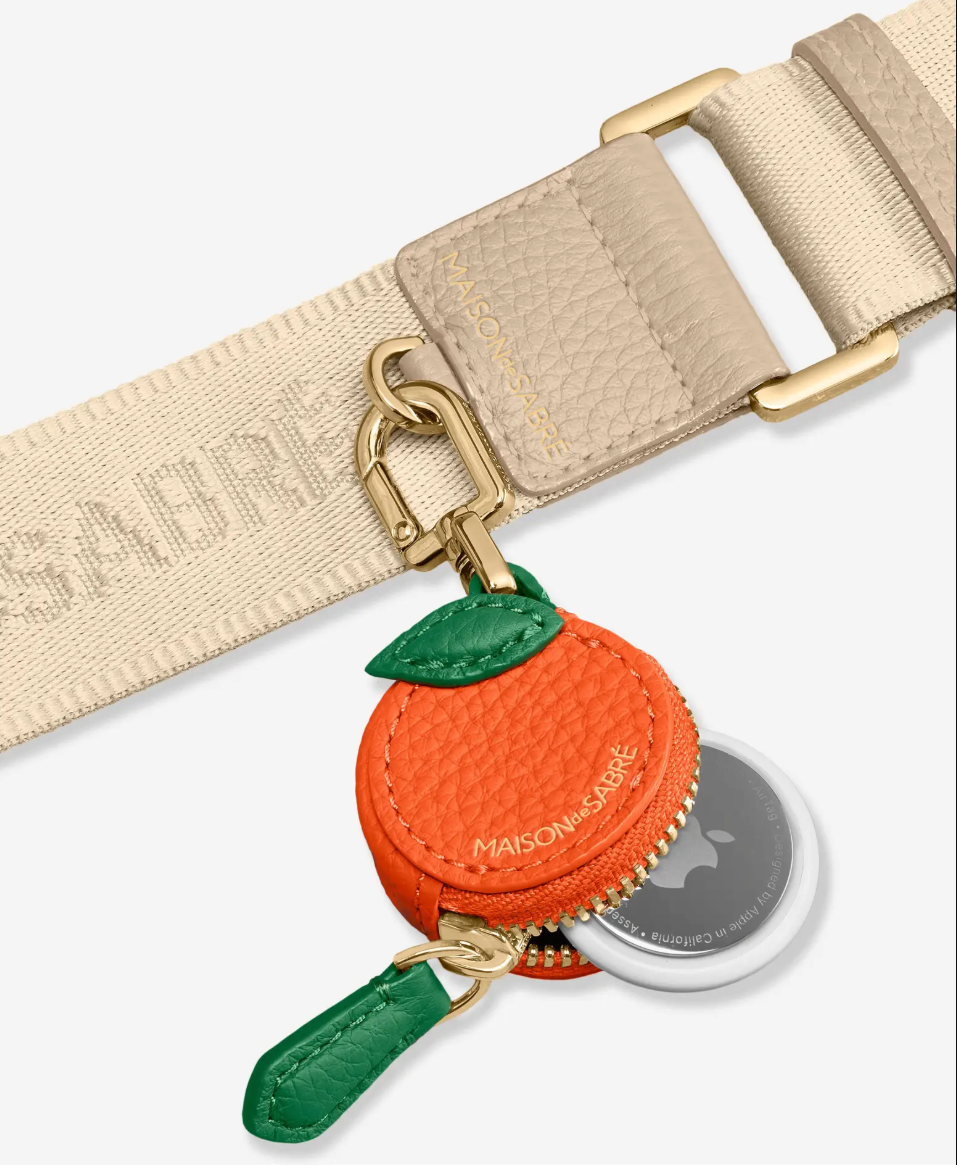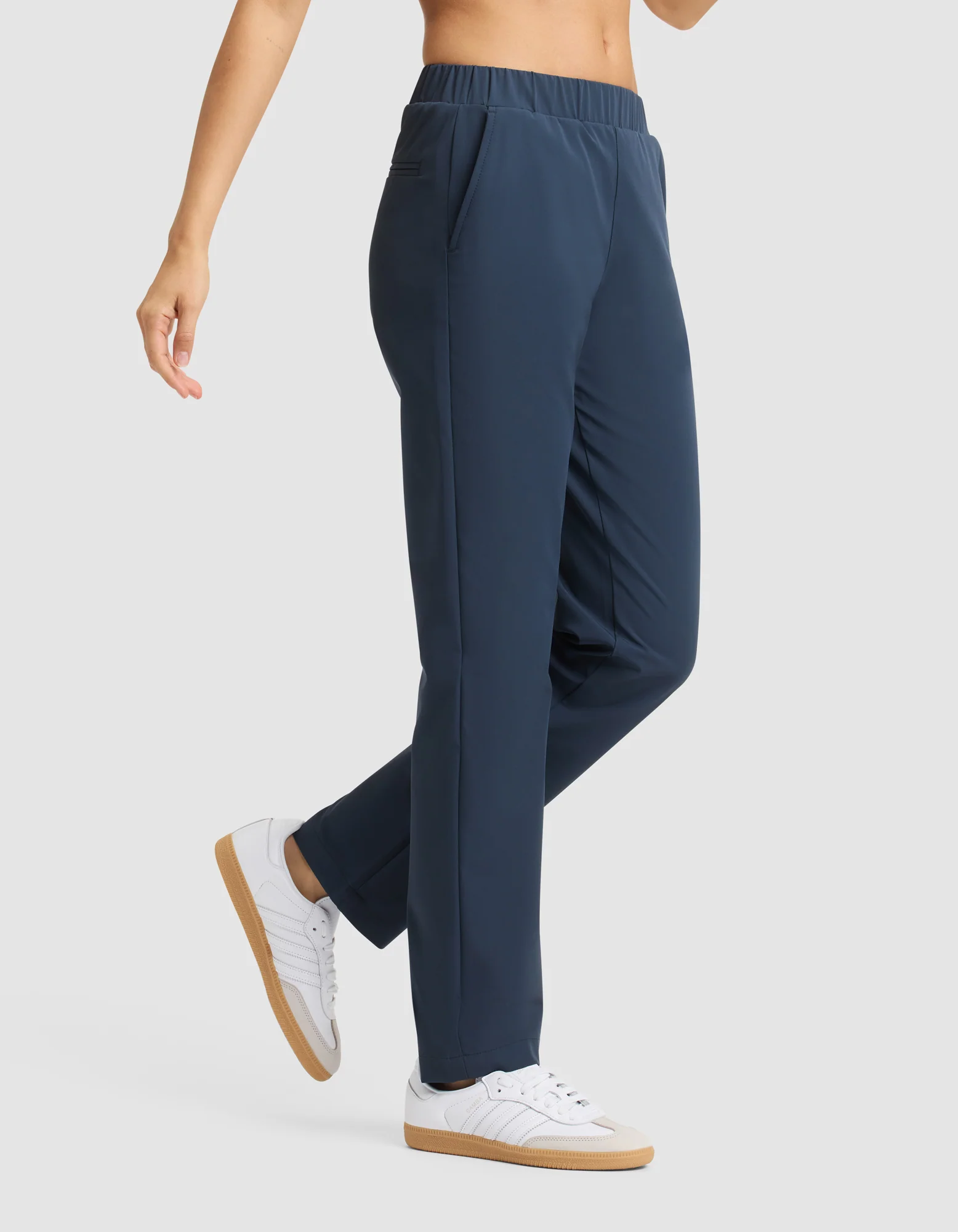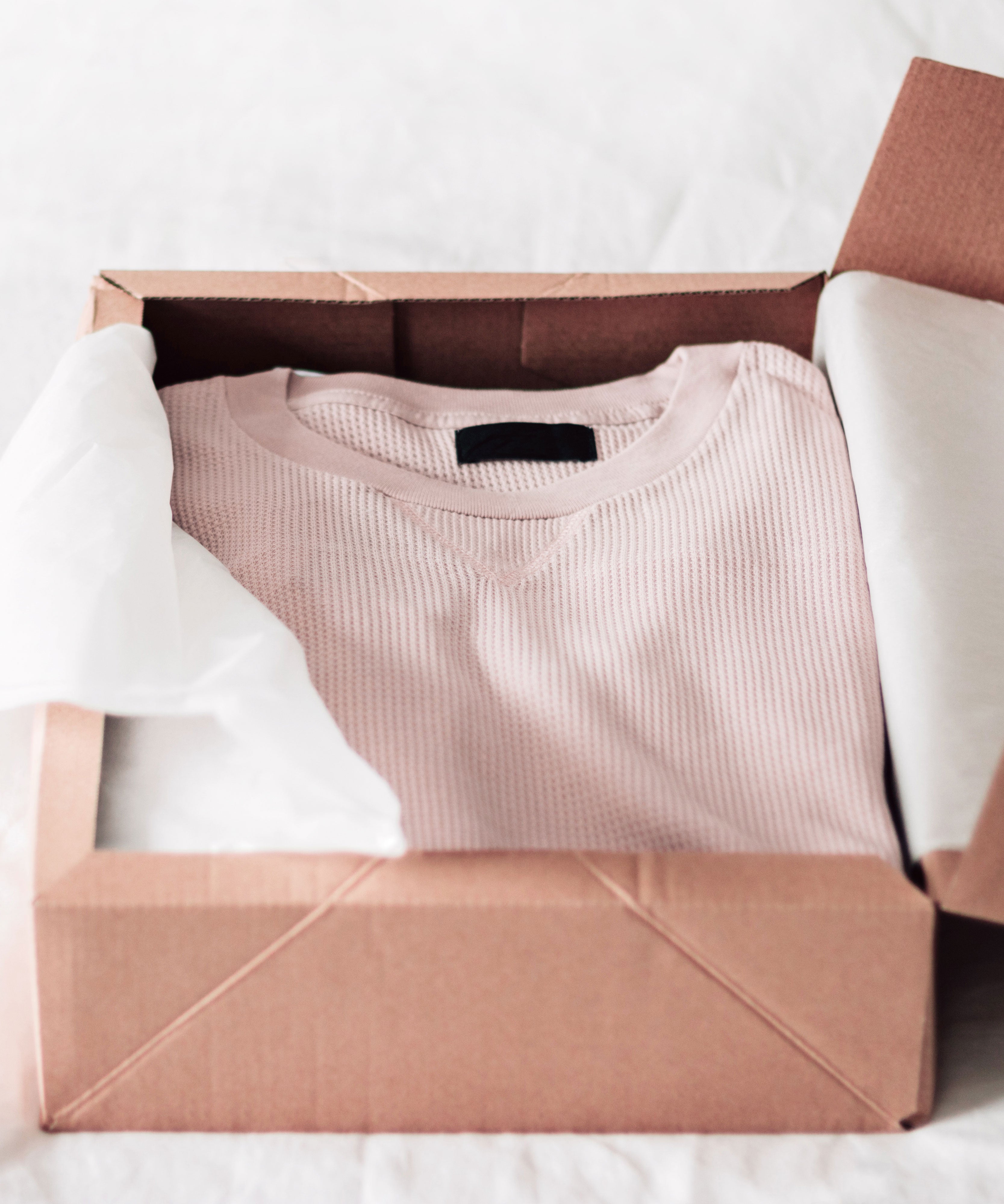
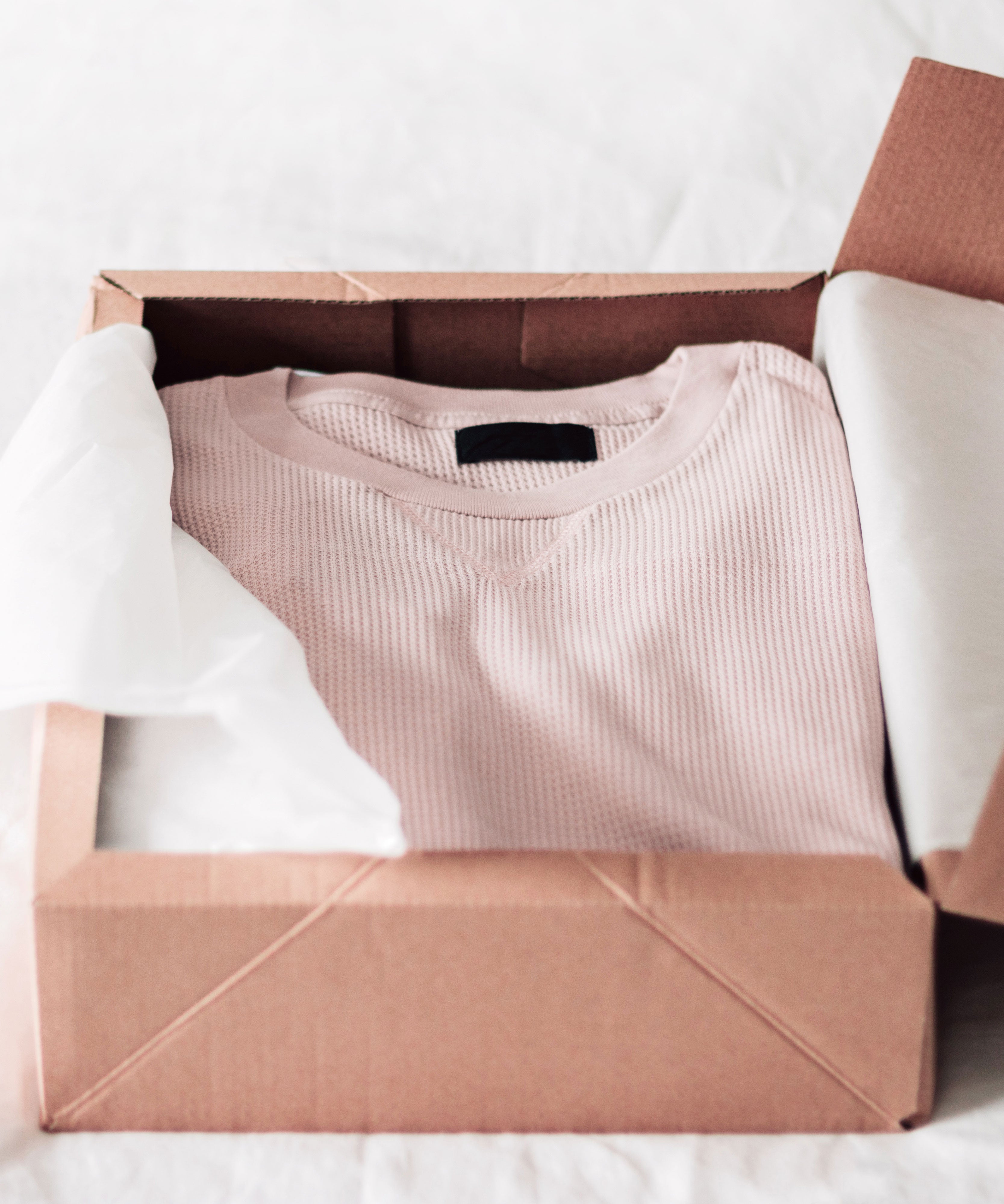
Since the pandemic began, the fashion industry has taken a hit. Retail giants have filed for bankruptcy, independent brands have closed, and brick-and-mortar stores, if they haven’t shut their doors, are still financially recovering from the months they were forced to stay closed during the lockdown. One of the few areas that has seen growth during this time, though, is the resale industry.
Online consignment platforms and secondhand retailers had already been seeing promising signs in the last few years. According to thredUP’s 2020 Resale Report, resale grew 25 times faster than retail in 2019, with 62M women buying secondhand products in 2019, compared to 56M in 2018 and 44M in 2017. The pandemic did not slow this growth.
“Consumer interest in secondhand fashion has only grown amidst the pandemic. In May, our orders increased by 119 percent and in June they increased further to 144 percent, compared to the year prior,” says Fanny Moizant, president and co-founder of Vestiaire Collective that also released a report recently, which looked at how the consumer behavior changed since the pandemic started. Sarah Davis, Fashionphile founder and president, says that the used designer handbags and accessories company had the highest non-promotional sales day in its history on April 15: “We were shocked, but a week later we beat those numbers, and we’ve beat it over and over since then.” Rebag, a luxury designer handbag and accessories resale company, too, saw more activity in recent months than even on its most high-traffic days, including last year’s Black Friday and Cyber Monday. Ianina Lucca, SVP Growth Marketing at Depop, a peer-to-peer social shopping app, says that the platform saw a “record-breaking performance across all of our key markets, and have consistently seen triple-digit-growth on the platform” since April.
Some of that has, of course, to do with the pandemic putting a stop to IRL shopping with most retailers and physical secondhand stores shutting their doors and, in the process, forcing consumers to shop online. “Although the pandemic has affected all of fashion, consumers are still shopping secondhand, particularly at vendors who are accessible online; while stores have started to reopen, most customers still feel safest shopping from home,” says Charles Gorra, CEO and founder of Rebag. Another factor is the quarantine-induced boredom that led many to browse shopping sites in their spare time. “With constant new arrivals, online resale has offered people stuck at home an entertaining way to shop right from their couch,” says Erin Wallace, VP of Integrated Marketing at thredUP, which saw a “record-breaking month” for new visits in May.
Still, there are other signs that prove that the spike in secondhand sales isn’t just as a result of the pandemic and, in fact, a sign that 2020 will be the year we all finally start shopping secondhand. So, what’s prompting this change?
Sustainability is a leading factor
Many consumers have already taken to shopping secondhand for sustainable reasons long before 2020. “While the pandemic catalyzed the shift to online thrifting, resale’s bright spot certainly isn’t a blip on the radar,” says Wallace. According to thredUP’s report, 70% of consumers agree that addressing climate change is more important now than ever. “Choosing used instead of new is one of the easiest ways to lower your fashion footprint and participate in the circular economy. If everyone in the U.S. bought just one used item instead of new, it would save nearly 6B pounds of carbon emissions — the equivalent of taking half a million cars off the road for one year,” says Wallace. “Extending the life of a garment offsets the harmful effects of fashion waste by diverting items from landfills and making the most of the natural resources used to produce those items.”
While sustainability has been on the minds of many prior to the pandemic, the health emergency has forced many more to rethink their values and commitments. “COVID-19 has made a lot of people reconsider their values. Sustainability has never felt like a more urgent issue. Many consumers are now questioning how they can enjoy fashion trends in a more responsible way. Through an increased emphasis on buying less and investing in quality, secondhand fashion has become more popular,” says Moizant. According to Vestiaire’s report, sustainable and ethically produced brands showed a jump in demand, with luxury sustainability veteran Stella McCartney experiencing a whopping 42% increase in sales, but also other brands like LOQ, Marine Serre, and Vejas. “It’s no secret that the fashion industry is one of the most polluting. The average lifespan for a piece of clothing is 3.3 years, and extending its use can make a huge difference to its impact on the environment. Buying a pre-owned piece and using it for just another nine months can reduce its water and carbon footprints by 20 to 30 percent.” According to her, the most sustainable way to shop is by buying something that’s already been used and keeping it in circulation for as long as possible.
Since the pandemic put a disproportionate financial strain on independent stores, consumers are becoming increasingly more committed to shopping from local mom-and-pop shops. Thrilling, an online marketplace that offers vintage and secondhand clothing from independent businesses around the country, saw sales doubling since the pandemic started. “We have already made enough clothes to last humanity for generations. Buying secondhand is not only kinder to the planet, but you are often supporting small, indie mom-and-pop shops who are the backbone of all local economies — especially when you buy from them directly, or through a platform like Thrilling,” says founder and CEO Shilla Kim-Parker.
In a time of economic instability, price is key
Then there’s the fact that secondhand is typically cheaper. And, with the pandemic resulting in millions of people losing their jobs, this is no small factor. According to thredUp’s report, 82% of people have or are open to shopping secondhand when money gets tighter. “When the pandemic brought about economic uncertainty and more time spent at home, consumers shifted to online thrifting as a way to get the brands they love at better prices,” says Wallace.
Davis agrees. “I read an article from a psychology journal a while back that was titled ‘Why Retail Therapy Works.’ It said that over 60 percent of shoppers had made a purchase to make themselves feel better. During this time, who doesn’t need to feel better? But it is a time of uncertainty, and so people are looking for a bargain,” she says. “Secondhand shopping is generally known as a more affordable way to shop. When people think of getting a deal, they’ll often turn to secondhand sources. We’ve seen this over time, but especially now during the pandemic. People are being very thoughtful about their purchases, and, to do that, they often turn to the secondary market.”
With us entering what many are predicting to be one of the worst depressions in global history, prices will continue to be a major deciding factor in what consumers purchase.
Consumers are looking for investment purchases
Moving forward, consumers will also be thinking more about the long-term value of a fashion item, which may actually result in more luxury goods spending as a form of investment; not only will consumers be looking for fashion that will last them longer but also have the potential to resell should finances get tighter or if they tire of an item and want something else instead. “Only quality products can be bought, sold, and rebought again, over and over,” says Davis. “Some of Fashionphile’s bags have been bought and sold and rebought and sold five or six times. The quality of the products makes this possible.”
Sasha Skoda, head of Women’s at The RealReal, says that the pandemic has resulted in some unexpected luxury spending. “It’s been interesting to see where shoppers are choosing to invest during the pandemic, particularly millennials as a generation known for investing in experiences, which are heavily restricted in our current climate,” says Skoda, noting that high-value handbags rose in popularity on The RealReal, particularly from brands like Hermes, whose Kelly bag, according to her, saw a 42% increase in year-over-year interest last quarter. “Millennials actually purchased more Hermes handbags last quarter than any other demographic. We’ve also seen strong interest in high-value watches since March, with the greatest year-over-year increase among millennials.” In the first half of the year, The RealReal also saw demand for Louis Vuitton handbags rise 38%, and Gucci rise 24%.
According to Rebag, Louis Vuitton’s Favorite Bag has been the site’s best-seller as of late, as well Chanel’s Classic Flap Bag and Dior’s vintage Saddle Bag following behind. “The first two styles come from the most recognizable brands in the luxury world, and they’re very versatile in design which makes them classic additions to any collection. Meanwhile, Dior’s Vintage Saddle Bag has risen in popularity thanks to its accessible price point, at least in comparison to the latest version of the Saddle Bag,” says Gorra. “Customers are still willing to invest in luxury, but they’re being very practical about their purchases.”
What are people buying from resale platforms?
So what else have people been buying? “From mid-March to mid-April, The RealReal saw a 24 percent year-over-year increase in demand for silk scarves. That demand was likely driven by the need for comfortable, polished looks for video meetings, as well CDC recommendations around face coverings,” says Skoda. “We saw a 19 percent increase in silk scarf demand when the CDC made that recommendation on April 3.” In particular, demand for scarves from luxury brand Hermes went up, according to the Vestiaire Collective, which saw a 68% increase in orders, and Fashionphile, which additionally saw an uptick in “Chanel statement earrings and brooches for those Zoom calls,” says Davis. “That won’t be ending anytime soon, so we still see a steady clip in those sales.”
Speaking of the video conferencing platform, according to thredUP’s data, the “Zoom shirt” was a COVID shopping trend, with sales of blouses/tops up 30% in April compared to February. According to Thrilling, tops and dresses, in general, performed better over the last few months than pants, with its most popular category being caftans. “They’re comfortable during the hot summer months, they’re easy, they’re stylish,” says Kim-Parker.
Unsurprisingly, loungewear sales were up for thredUp, Vestiaire Collective, and Depop. “Globally, Depop saw an exponential increase in searches for loungewear at the beginning of lockdown, which felt expected given the circumstances of staying at home. However, other major categories and items we saw an increase in searches for included sportswear, Y2K style clothing, trending items for Gen Z like skorts,” says Lucca. “These trending searches definitely reflect current events and seasonality respectively, and our users are seemingly searching for both items that provide them comfort, style, and self-expression – all while at home.”
Will this trend continue?
All the resale companies we spoke to for this story agree that shopping secondhand is not a trend that will go away anytime soon. “The majority of U.S. shoppers were already open to shopping secondhand in general, the pandemic has only accelerated the trend of shopping secondhand online,” says Kim-Parker. “Secondhand almost always offers better value — higher quality items at a more attractive price point — and people are shopping more than ever according to their values, choosing to support environmentally sustainable fashion choices, while also supporting the livelihood of small, indie shops.” Moizant agrees, adding that resale has many of the qualities consumers are looking for: “Consumers are increasingly focused on the importance of sustainability, online shopping, and the feeling of exclusivity from wearing one-of-a-kind, sold-out, and vintage pieces, many of which are more accessible on the resale market.”
Of course, this pattern is also because Gen Z is committed to tackling the climate emergency, and Millennials, too, are increasingly thinking about the eco-impact of fashion. “We believe that secondhand shopping will only increase, thanks in part to the newest consumers, both Millennials and Gen Z, coming into their spending powers. Secondhand shopping speaks to them, as it is in alignment with their preference for more sustainable shopping options,” says Gorra. “Resale, which is just one spoke in the giant wheel that is the circular economy, is not only appealing thanks to its minimal impact on the environment but also because of accessible value purchases, which is very powerful in a post-recession world.” Depop, too, saw an increase in Gen Zers listing and selling on its platform during the pandemic. “Our community are champions of the circular fashion movement, and their expectation of consumers across the board is to be more mindful of the environment when shopping after this pandemic ends,” says Lucca.
According to the thredUp report, the total secondhand market, which is currently $28B, is projected to reach $64B in five years; in 10 years, it predicts that resale will beat out fast fashion, with closets having more used and off-price clothing than any other category. “Year after year, the resale market just keeps getting bigger. As consumers increasingly seek out value, sustainability, and convenience, we expect that the secondhand market will continue to explode,” says Wallace. “As shoppers continue to take a close look at the brands and companies they support to make sure they’re protecting their wallet and the planet, we see no signs of the secondhand market slowing down.”
Are you ready to join now?
Like what you see? How about some more R29 goodness, right here?
Thrilling Sells Vintage From Your Favorite Stores


